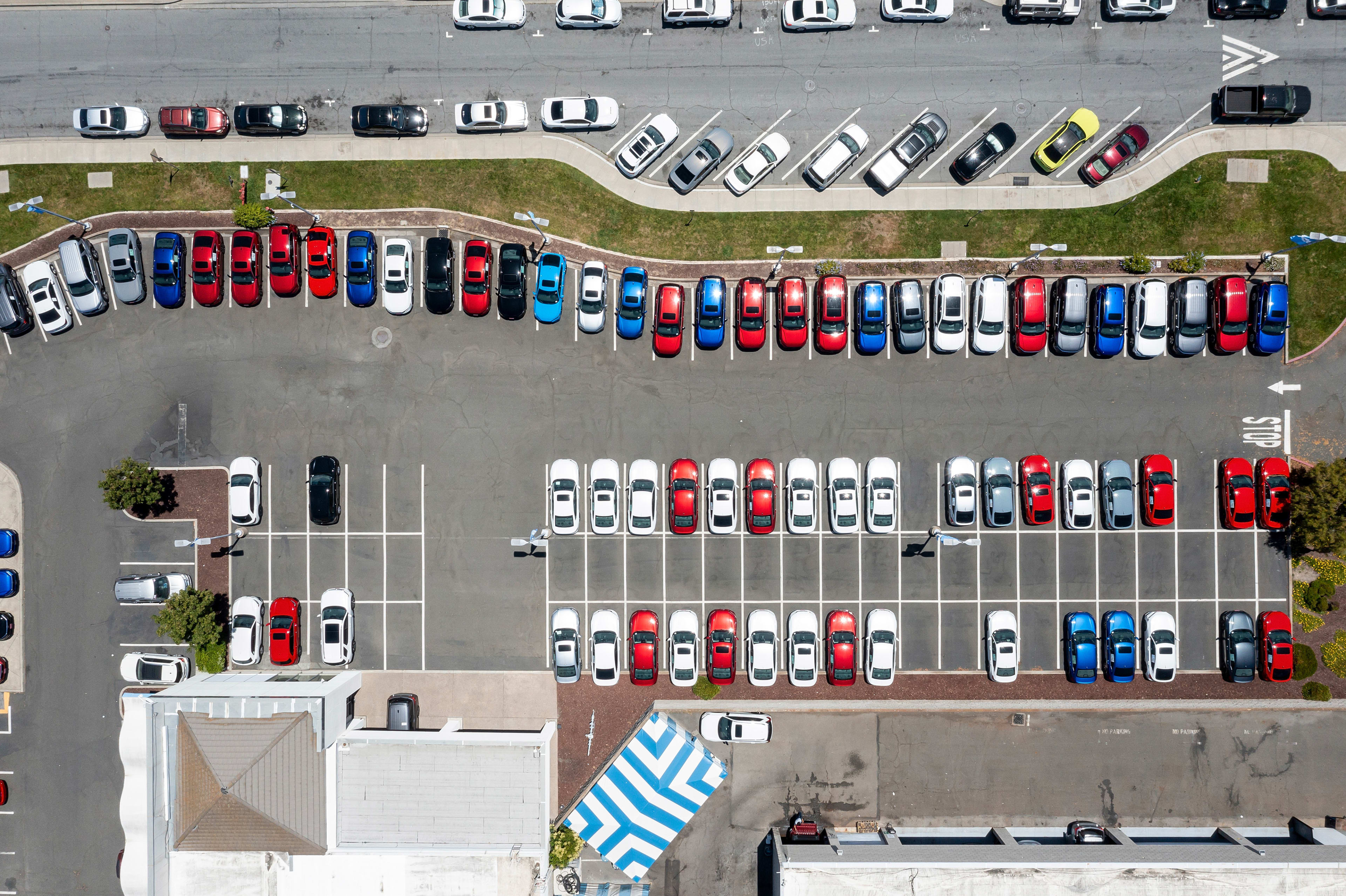Record Numbers of Americans Behind on Car Payments, Echoing 2009 Recession Concerns
A record number of Americans are currently behind on their auto payments, a concerning trend driven by stagnating wages and rising unemployment. This financial strain is compounded by a significant increase in buyers with low credit scores, with over 14% of new car buyers now falling below 650 credit score mark. Subprime delinquencies have reached a 6% high, and the total number of vehicle repossessions in 2024 (1.73 million) is the highest since the 2009 recession. This alarming situation is exacerbated by automakers loosening credit requirements to move inventory, increasing the prevalence of risky loans.

Rising Delinquencies Amid Economic Strain
The data paints a clear picture of growing financial stress for American car buyers.
- Record Delinquencies: A significant and increasing number of Americans are struggling to make their auto payments.
- Economic Factors: Stagnating wages and rising unemployment rates are key drivers, creating a cycle where falling behind on payments becomes more likely.
- Low Credit Scores: Over 14% of new car buyers in September 2025 had credit scores below 650, a level typically considered “near-prime.” Those below 619 are deemed “sub-prime.”
- Highest Delinquency Since 2016: The percentage of buyers behind on payments is the highest it has been since 2016, indicating a worsening trend.
- Repossessions Peak: In 2024, approximately 1.73 million vehicles were repossessed, marking the highest total since the 2009 financial crisis.
- High Monthly Payments: The average monthly car payment exceeds $750, with nearly 20% of all loans and leases surpassing $1,000 a month.
Automakers Loosen Credit, Increase Risky Loans
To maintain sales velocity, automakers’ financial arms have reportedly relaxed lending standards, contributing to the problem.

- Subprime Delinquencies at 6% High: The number of subprime auto loans that are at least 60 days overdue has hit a 6% high this year. This is a critical indicator, as subprime loans are inherently high-risk and their increase suggests a broader shift in lending practices.
- Moving Inventory: Financial entities, including the captive finance arms of major automakers, have reportedly “loosened up their credit requirements over the summer to help move cars off the lot.”
- Ford’s Strategy: Ford aimed to attract low-credit buyers with lower interest rates to sell unsold F-150s, with “higher-risk consumers” making up 3% to 4% of its loan portfolio.
- GM Financial’s Exposure: GM Financial issued loans to low-credit buyers, with 12% of its loan portfolio comprising buyers with credit scores under 620.
Echoes of 2009 and Future Concerns
The current situation is drawing unsettling parallels to the lead-up to the 2009 financial crisis.
- “Since 2009”: The frequent use of the phrase “since 2009” in reports regarding auto loan statistics is a red flag, invoking memories of the “subprime mortgage” crisis.
- Worsening Economic Circumstances: Debt-saddled buyers are confronting increasingly difficult economic conditions, raising concerns about the potential for broader financial instability.
The rise in auto loan delinquencies, coupled with relaxed lending standards and challenging economic conditions, signals a period of significant concern for both consumers and the automotive industry.
Also Read – 1995 Mercedes-Benz SL72 AMG with Pagani V12 Up for Auction, Bidding Hits $280,000




Pingback: Stellantis Commits $13 Billion To U.S. Manufacturing, Creating 5,000 Jobs & Shifting Production - Mechhelp